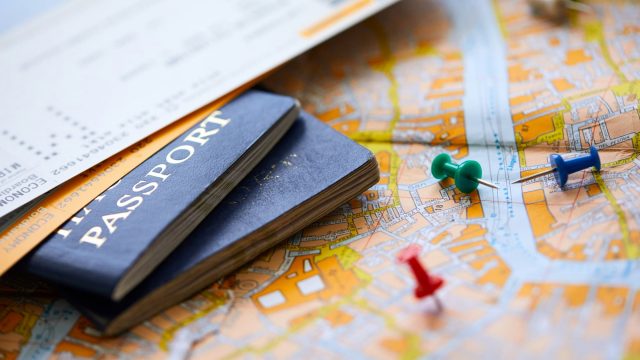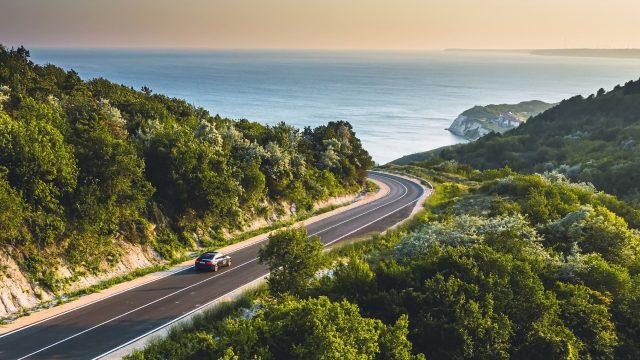Have you ever considered volcano climbing in Sicily? Mount Etna is one of the world’s most active volcanoes and at the same time, one of the most accessible. Low-cost flights arrive in Catania, a sprawling city at the foot of its eastern slope. There’s a good road circling its entire circumference, making it easy to approach the mountain from all sides.
In fact the only obstacle to getting up close and personal with Etna is its unpredictable, fiery temperament. In recent times there has been a major eruption almost every year, producing spectacular pyrotechnics but also restricting access. Visitors are quite rightly kept a safe distance from the flying lava bombs and acrid ash clouds.
Climbing Mount Etna
When Etna is behaving itself there are two ways to access the mountain. The southern approach is the more popular of the two. Those who drive to Etna can go as far as the car park by the refuge, roughly halfway up the mountain. In the summer months the parking can be chaotic and local tourism officials advise visitors to park in the nearby town of Nicolosi, and from there take the public bus.
From the refuge there’s a cable car which runs up as far as a simple mountain base. Here you can take a 4×4 minibus to the 2,800 metre point, around 500 metres below the summit. While it’s possible to walk this section, it’s quite a monotonous, unrewarding slog up the black lava. From the minibus drop-off point, guides will take groups onto the slopes of Etna and explore some of its many craters and volcanic features, with the exact route dependent on safety and the effect of recent eruptions.
 Photo by: ollirg/Fotolia
Photo by: ollirg/Fotolia
Best places to sample the views
The north side offers fewer facilities but arguably has the best scenery. Those exploring in their own vehicle may find it the more rewarding option. From the town of Lingualossa there’s a steep road which winds up to Piano Provenzana high on the northern slope. Apart from a few souvenir shops and cafes (and a toboggan slope in the winter and early spring months) the best thing to do here is get out and follow the trail. There’s a fairly clear path that carries on where the road stops. It’s ok to walk a short distance by yourself, but if you’re planning to reach the summit craters then you should certainly join one of the guided hikes that run from Piano Provenzana. Most will begin by 4×4, climbing through the less interesting sections of sharp, shingle-type lava, before setting off on foot across the spectacular crater ridges. Most hikes will take in some of the lava caves, while a serious alternative trek on the northern side involves a visit to the Grotta del Gelo, a year-round ice grotto.
Be prepared
Whichever way you choose to experience Etna, dress warmly as you can expect the upper slopes to be at least 10C cooler than the temperature at the coast. Bring hiking boots, not only to cope with the rough terrain, but (for some of the year) to keep your feet dry in the deep snow.
Etna is very unpredictable, and you shouldn’t leave the climb for the final day of your trip. We visited a quiet Mount Etna on day 2 of our trip to Sicily, and a couple of days later it had dramatically erupted, preventing any further access to its slopes.
Make sure you follow us on Twitter and Facebook for the latest travel tips and news. Remember to sign up to our newsletter below for the latest deals
Subscribe to our newsletter
Want our blogs emailed direct to you? Sign up below to get updates featuring our blogs and car hire top tips. Receive the best deals on car hire straight to your inbox.
Written by Andy Jarosz





